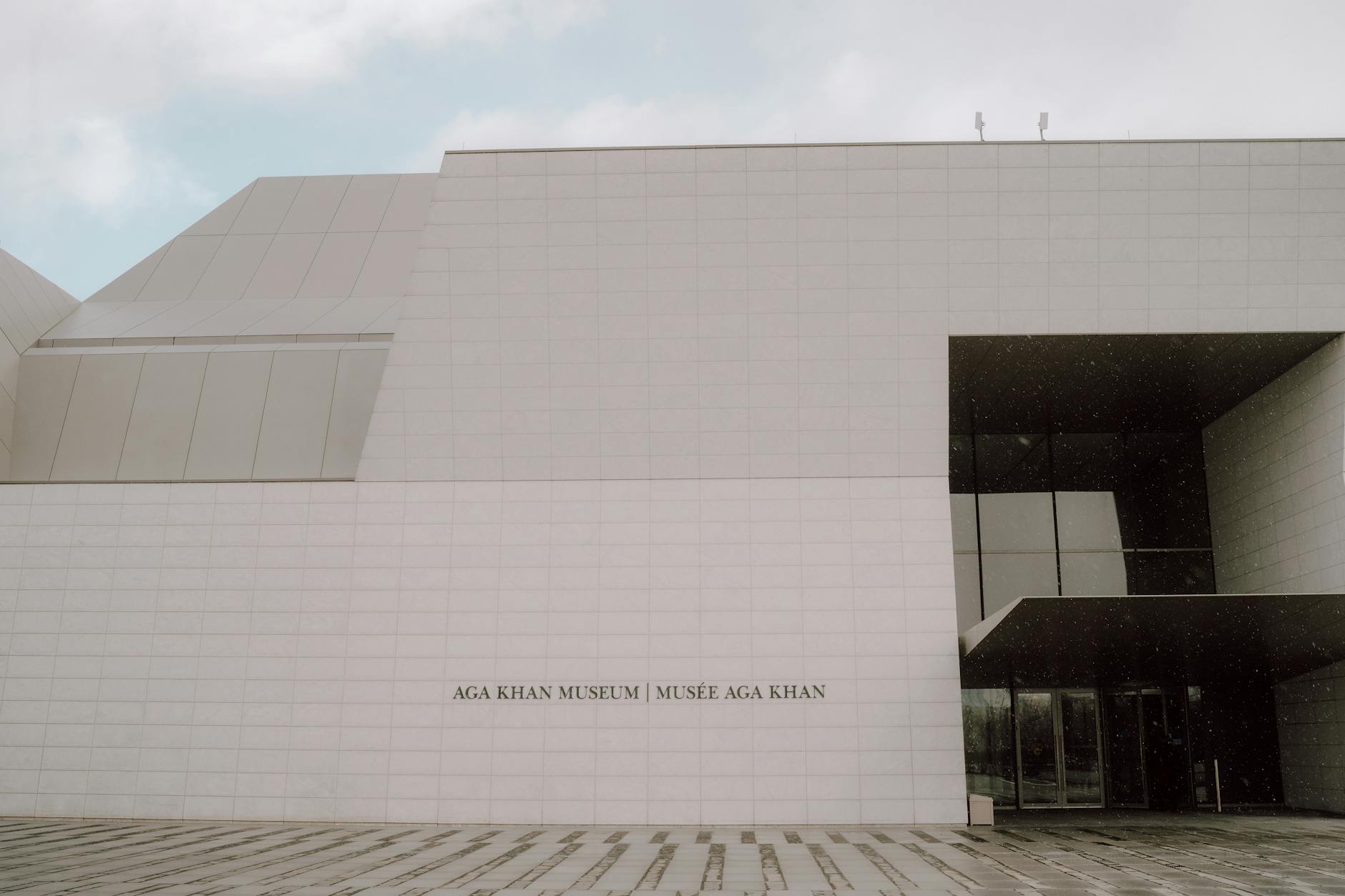Is Australia Leading the Way in Sustainable Tourism Practices?

Introduction to Sustainable Tourism in Australia
Sustainable tourism in Australia offers a compelling framework for preserving our rich landscapes, such as those found at the Royal Botanic Garden Sydney. The concept revolves around minimising environmental impacts while maximising socio-economic benefits for local communities and visitors alike. With data-driven insights from the Climate Change Research Facility at UNSW, we can better understand how sustainable tourism contributes to greenhouse gas reduction and wilderness conservation.
Core Concepts of Sustainability
Sustainability in tourism incorporates three core pillars: environmental stewardship, socio-cultural respect, and economic viability. Environmental stewardship focuses on reducing carbon footprints through practices like recycling and renewable energy use. Socio-cultural respect emphasises engaging with Aboriginal communities to promote cultural heritage, while economic viability aims to boost local economies without overexploiting resources.
Major Areas of Focus
Key focus areas include protecting unique ecological zones and promoting eco-conscious travel. For instance, tourism packages like south america tours often integrate responsible travel practices, setting high standards for sustainable frameworks. Educational sessions at Sydney Observatory Hill Park's sustainable initiatives serve as excellent examples of raising awareness among travellers.
Driving Factors
Several factors drive the adoption of sustainable tourism practices, including consumer demand for eco-friendly experiences and legislative measures. Initiatives mandated by local governments align with global trends towards sustainable travel. Such alignment helps reaffirm Australia's commitment to ecological preservation, making it a model for future sustainable tourism endeavours.
Key Sustainable Practices
Eco-Friendly Accommodations
In Australia, eco-friendly accommodations are becoming the benchmark for sustainable tourism. These facilities incorporate energy-efficient systems and recyclable materials, aiming to minimise their ecological footprint. The incorporation of solar panels, rainwater harvesting, and biodegradable amenities is standard practice. By emphasizing energy conservation and waste reduction, these accommodations play a pivotal role in promoting sustainable tourism, akin to the progressive environmental strategies seen at the Royal Botanic Garden Sydney.
Conservation Initiatives
Conservation initiatives are essential for preserving Australia's unique biodiversity. Efforts include establishing protected areas, engaging in habitat restoration, and promoting wildlife corridors. These initiatives draw parallels with the Climate Change Research Facility at UNSW, focusing on research-driven insights to tackle ecological challenges. Conservation projects also involve collaboration with local Indigenous communities, ensuring that traditional knowledge is integrated into modern practices for a holistic approach to ecological stewardship.
Local Community Involvement
Engaging local communities in tourism projects fosters social sustainability and ensures long-term success. Community-driven initiatives often provide cultural experiences that benefit residents and offer tourists a deeper understanding of the local customs and traditions. This involvement is similar to Sydney Observatory Hill Park's sustainable initiatives, where community engagement is integral to the project’s viability. By enabling locals to spearhead tourism efforts, we not only create economic opportunities but also preserve cultural heritage for future generations.
Australia's commitment to sustainable tourism is evident in these key practices, which underscore the nation's dedication to both environmental and community well-being. Through eco-friendly accommodations, conservation efforts, and local participation, sustainable tourism can flourish. Notably, similar principles guide the ethos of south africa tours, illustrating a shared international pursuit of responsible travel.
Government Roles and Policies
Regulatory Frameworks
When discussing sustainable tourism in Australia, regulatory frameworks play a crucial role in guiding eco-friendly practices. The government has developed a comprehensive set of guidelines aimed at minimising environmental impacts while supporting local economies. Policies often focus on protecting biodiversity and ecosystems, reflecting a collaborative effort with environmental agencies like the Climate Change Research Facility at UNSW. These measures ensure that industries, including those offering Antarctica cruises, adhere to stringent environmental standards. By regulating emissions and ensuring sustainable resource use, the framework supports long-term ecological balance.
Support and Incentives
To stimulate sustainable tourism, Australian authorities offer a range of supports and incentives. Financial grants and tax breaks are provided to businesses that adopt environmentally sustainable practices. The government also invests in research and development initiatives, often collaborating with institutions like Sydney Observatory Hill Park's sustainable initiatives. Such collaborations aim to produce innovative solutions for eco-friendly tourism, thereby encouraging businesses to integrate green technologies and reduce their carbon footprint.
International Collaborations
Australia actively engages in international collaborations to enhance its sustainable tourism objectives. By participating in global initiatives and agreements aimed at environmental conservation, the country benefits from shared insights and resources. These collaborations not only elevate Australia’s commitment to sustainability but also help in implementing best practices aligned with international standards. Working alongside international counterparts enriches Australia's strategies, ensuring that the nation remains at the forefront of sustainable tourism development.
Challenges in Implementation
Balancing Economic and Environmental Goals
As we explore sustainable tourism, one significant challenge is achieving a balance between economic growth and environmental protection. With initiatives aimed at boosting tourism, like south american tours, there are pressures to prioritize short-term economic benefits, which can conflict with long-term environmental goals. Effective strategies must involve multi-stakeholder collaborations that ensure tourism is both economically viable and environmentally conscious.
Addressing Geographic Diversity
Australia's diverse landscapes present unique hurdles for implementing sustainable tourism practices uniformly. From the lush rainforests of Queensland to the arid expanses of the Outback, each region requires tailored approaches that respect local ecosystems and cultural contexts. The Climate Change Research Facility at UNSW, for instance, plays a pivotal role in developing region-specific sustainability frameworks that address these geographical challenges.
Overcoming Public Perception
Public perception can be a barrier in adopting sustainable tourism practices. Many stakeholders may perceive these efforts as restrictive, potentially impacting visitor experiences or increasing operational costs. Educating both tourists and operators through data-driven insights is crucial, highlighting the long-term benefits of sustainable practices for preserving Australia's natural wonders.
Overall, to make headway in sustainable tourism, a concerted effort is needed to integrate environmental concerns with economic objectives, adapt to geographic diversity, and shift public perception. By strategically addressing these challenges, Australia can lead the way in showing how sustainable tourism can thrive in harmony with the environment.
Future of Sustainable Tourism in Australia
Innovative Technologies and Practices
As we look towards the future, sustainable tourism in Australia will likely integrate cutting-edge advancements in eco-friendly technologies. Developments in renewable energy and water conservation methods promise to redefine the visitor experience in natural attractions like the Royal Botanic Garden Sydney. Techniques such as solar energy implementation and rainwater harvesting at Sydney Observatory Hill Park set a benchmark for future endeavours. These innovations align with sustainable practices that encourage the minimisation of waste and the efficient use of resources.
Policy Enhancements and Community Engagement
Policy evolution will undoubtedly play a crucial role in shaping Australia’s sustainable tourism landscape. More robust regulatory measures are anticipated, focusing on environmental impact assessments and sustainability certifications. The Climate Change Research Facility at UNSW could become a pivotal entity in this transformation by providing data-driven insights that are instrumental for policymakers. Furthermore, involving local communities in the decision-making process is essential. Initiatives that create economic opportunities for local residents, while respecting traditional practices, will strengthen the tourism framework.
Global Influence and Australian Leadership
Australia has the potential to serve as a global leader in sustainable tourism. By showcasing best practices and collaborating internationally, the nation's tourism industry can inspire others to adopt environmentally conscious policies. Establishing partnerships with organisations worldwide will enhance knowledge exchange and lead to improved strategies for addressing universal environmental challenges. With the unique ecosystems and landscapes on offer, Australia is positioned to inspire a global shift towards truly sustainable tourism.
By integrating innovation, policy enhancement, and community-focused strategies, sustainable tourism in Australia can flourish. These collective efforts can not only protect our cherished natural environments but also position Australia as a hub for eco-friendly travel and conservation initiatives.


